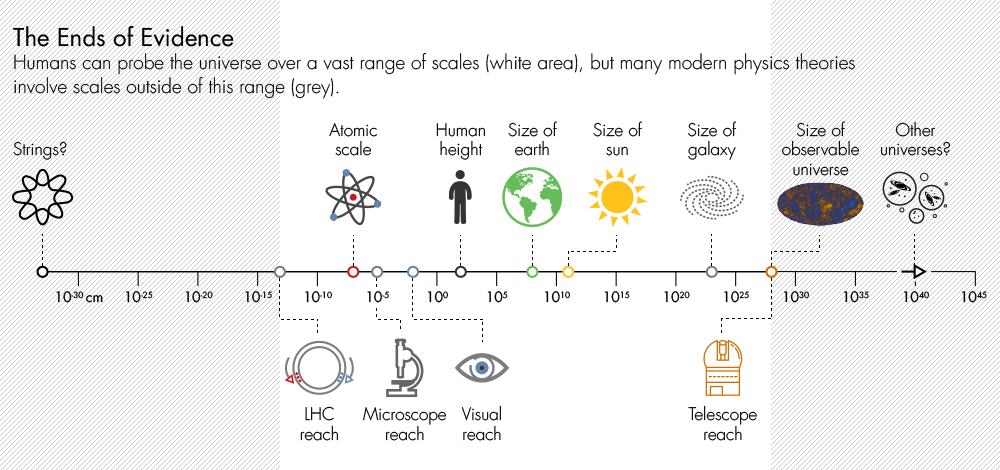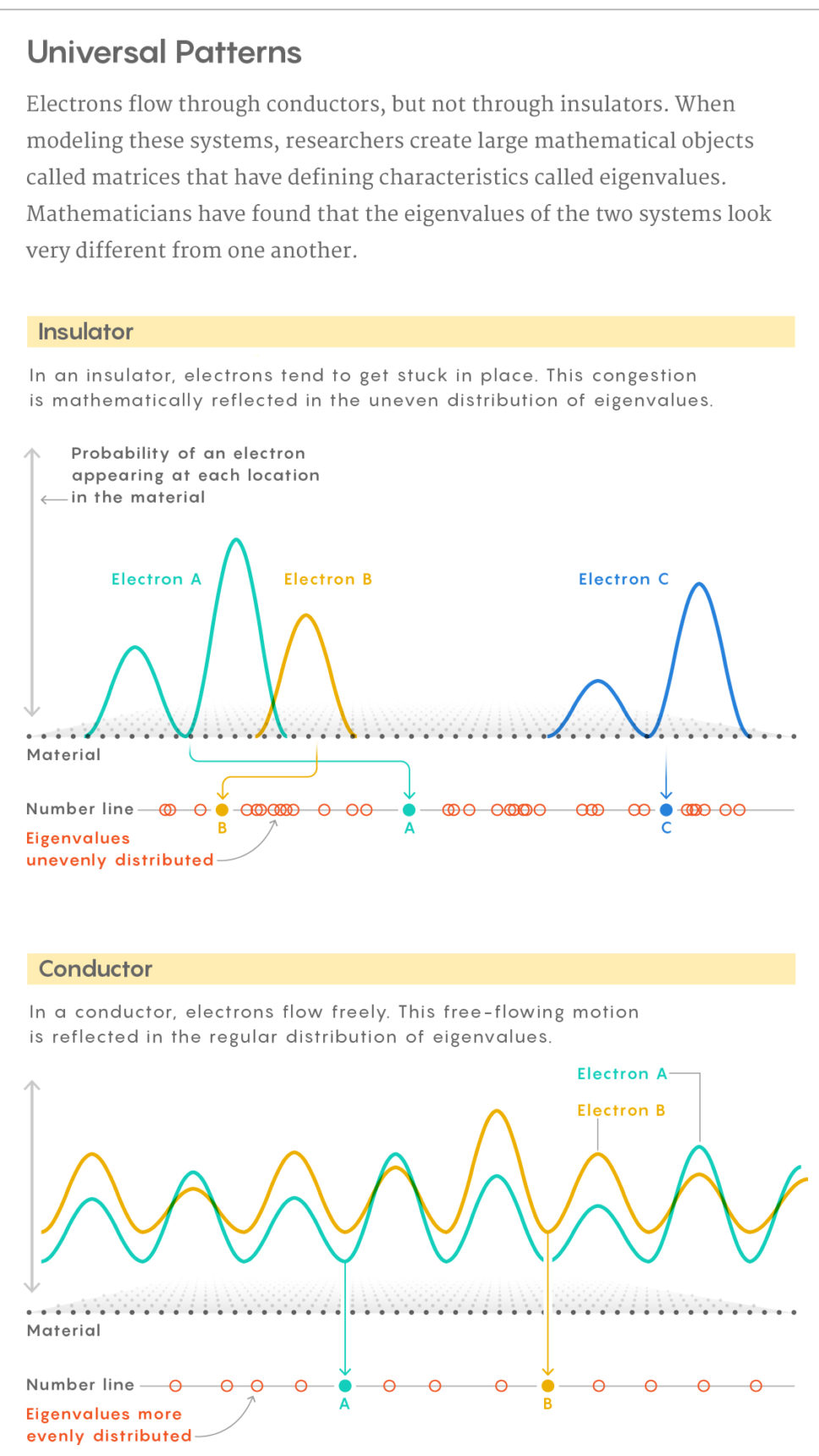I found a great list of Unofficial Windows Binaries for Python Extension Packages maintained by Christoph Gohlke Laboratory for Fluorescence Dynamics, University of California, Irvine.
He writes ...
"This page provides 32- and 64-bit Windows binaries of many scientific open-source extension packages for the official CPython distribution of the Python programming language. A few binaries are available for the PyPy distribution.
The files are unofficial (meaning: informal, unrecognized, personal, unsupported, no warranty, no liability, provided "as is") and made available for testing and evaluation purposes.
Most binaries are built from source code found on PyPI or in the projects public revision control systems. Source code changes, if any, have been submitted to the project maintainers or are included in the packages.
Refer to the documentation of the individual packages for license restrictions and dependencies.
If downloads fail, reload this page, enable JavaScript, disable download managers, disable proxies, clear cache, use Firefox, reduce number and frequency of downloads. Please only download files manually as needed.
Many binaries depend on numpy-1.15+mkl and the Microsoft Visual C++ 2008 (x64, x86, and SP1 for Python 2.7) or the Visual C++ 2017 (x64 or x86 for Python 3.x) redistributable packages.
Install numpy+mkl before other packages that depend on it.
The binaries are compatible with the most recent official CPython distributions on Windows >=6.0. Chances are they do not work with custom Python distributions included with Blender, Maya, ArcGIS, OSGeo4W, ABAQUS, Cygwin, Pythonxy, Canopy, EPD, Anaconda, WinPython etc. Many binaries are not compatible with Windows XP or Wine.
The packages are ZIP or 7z files, which allows for manual or scripted installation or repackaging of the content.
The files are provided "as is" without warranty or support of any kind. The entire risk as to the quality and performance is with you.
The opinions or statements expressed on this page should not be taken as a position or endorsement of the Laboratory for Fluorescence Dynamics or the University of California."
Mikes Notes
- There must be hundreds of binaries listed







